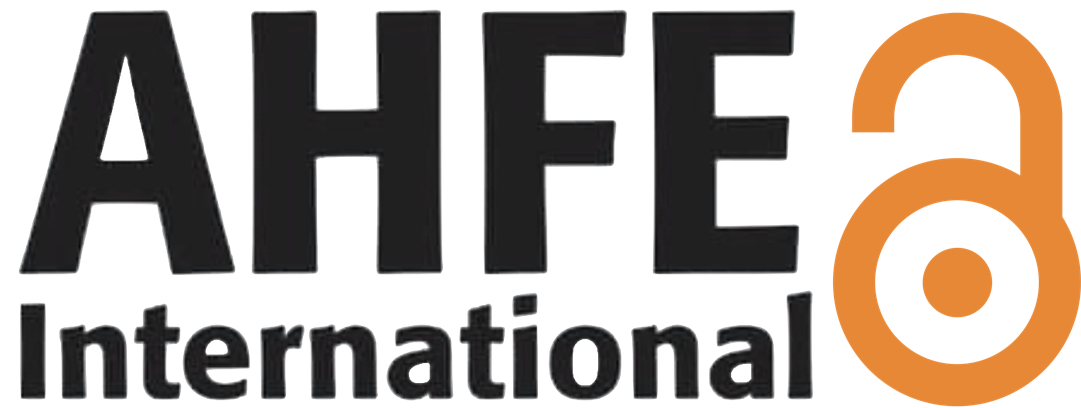Bridging the gap: workshop results on the interaction between human creativity and artificial intelligence
Open Access
Article
Conference Proceedings
Authors: Isabella Nevoso, Elena Polleri, Caterina Battaglia
Abstract: In the expansive realm of contemporary Artificial Intelligence (AI) technologies, designers and architects are challenged to collaborate synergistically with these powerful tools. While the potential of AI is considerable, it also gives rise to significant questions regarding the intellectual property of generated works and the nature of interaction between humans and technology. Furthermore, this technologies challenge the definition of creativity, prompting the question of how to distinguish the role of a human from that of a machine. This prompts the question of how the transition from human ingenuity to automation can be achieved in a way that doesn’t compromise the uniqueness of human contributions in fields such as creativity and the arts. It is therefore necessary to assess how far tasks can be delegated to AI without compromising the value of the inputs that humans are able to provide.Responses to these questions can be identified through a comprehensive examination of recent technological developments that promote informed and conscious use. These reflections inspired the organisation of the Alter Ego Symposium and Workshop, which took place in April and May 2024 at the Department of Architecture and Design at the University of Genoa. The symposium aimed to encourage Italian PhD students and researchers to consider the potential benefits of integrating AI into academic research. The workshop instead, addressed at department students, focused on exploring image generation technologies and their ability to translate verbal prompts into detailed visual representations. The workshop consisted of two phases. The first phase featured presentations by academic experts who introduced fundamental concepts of AI and analyzed existing generative image tools. This provided students with a comprehensive overview of various AI types, their applications, and their limitations. In the second phase, participants focused on the practical application of the knowledge acquired. Based on a contribution presented at the Alter Ego Symposium, students were required to create two works representing its content. The first work was created using traditional tools like paper and pencil, while the second employed generative AI technologies. The students employed the OpenAI Copilot system to generate an image that was as similar as possible to the original hand-drawn one. Through a process of iterative modification of prompts, the students came to understand the importance of precision in language and word choice for achieving satisfactory visual results.The final comparison of outcomes, which will be explored in detail in the full paper, highlighted the significant role that AI tools can play in supporting design and concept development processes. However, it also emphasised the necessity for designers to communicate effectively and accurately with these systems in order to achieve results that meet user expectations. Currently, while AI is capable of processing natural language, it still encounters difficulties in autonomously interpreting the full range of semantic nuances present in the provided prompt, particularly when imprecise terms are used. Despite the rapid advancements in AI through self-learning algorithms, the point at which humans can be entirely replaced in design and creative content generation remains distant.
Keywords: Human-Computer-Interaction, Co-Creation, Artificial Intelligence
DOI: 10.54941/ahfe1005909
Cite this paper:
Downloads
280
Visits
672


 AHFE Open Access
AHFE Open Access